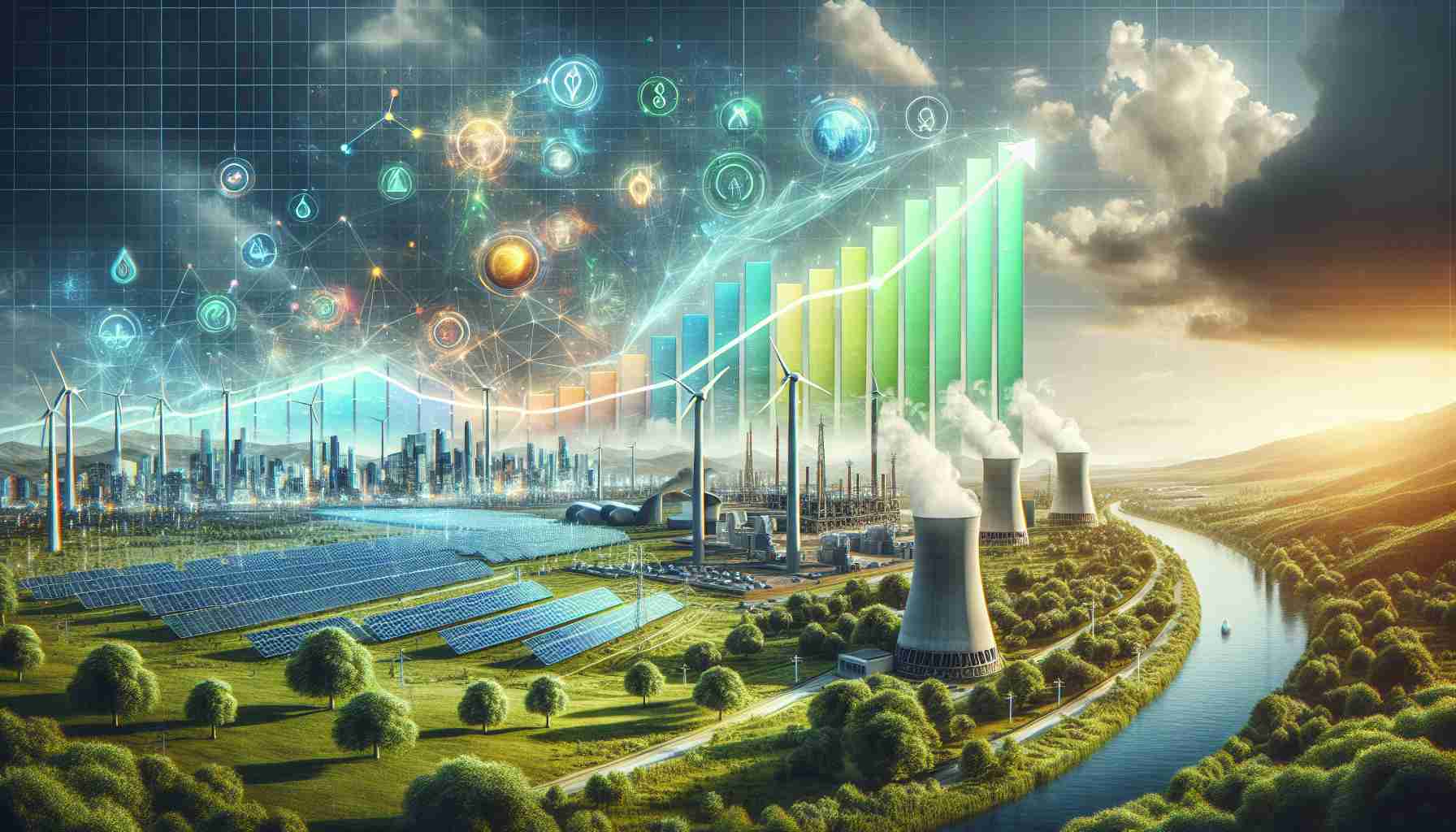An Insight into Energy Costs
The anticipated rate for electricity consumption tomorrow is on the surge, as per market data. The cost is expected to reach 87.85 euros per megawatt-hour. This represents a significant 101.8% increase from today’s rate of 43.56 euros/MWh, signaling a substantial change in energy pricing dynamics.
Analyze Price Fluctuations
Comparing the upcoming rate with that of a year ago, a notable 16.24% drop is evident. This decline is a positive development that will particularly benefit consumers on regulated or indexed tariffs within the free market segment.
Optimizing Energy Consumption: Peak Hours
Energy conservation enthusiasts should take note that the most cost-effective window for electricity usage will be from 3:00 PM to 4:00 PM, with rates as low as 2.4 euros/MWh. Conversely, the hours between 8:00 PM and 9:00 PM will witness the highest prices, peaking at 176.21 euros/MWh, emphasizing the need for strategic usage during these intervals.
Hourly Breakdown of Prices
To maximize cost savings, individuals should be vigilant of the fluctuating rates throughout the day on September 30, 2024. Consider adjusting consumption patterns according to the hourly charges outlined below, sourced from the Operator of the Iberian Energy Market:
– 12:00 AM to 1:00 AM: 80.35 €/MWh
– 1:00 AM to 2:00 AM: 83.0 €/MWh
– 2:00 AM to 3:00 AM: 94.4 €/MWh
– 3:00 AM to 4:00 AM: 88.0 €/MWh
– 4:00 AM to 5:00 AM: 85.0 €/MWh
– and so forth…
By keeping a close eye on these trends and adjusting usage accordingly, consumers can navigate through the day with a mindful approach towards energy consumption to ensure both cost-efficiency and environmental sustainability.
Exploring Future Energy Consumption Trends: Challenges and Opportunities Ahead
As we delve deeper into the realm of energy consumption trends, it becomes evident that the landscape is undergoing significant shifts, bringing forth both challenges and opportunities for stakeholders across various sectors. Let’s delve into some crucial questions, key challenges, advantages, and disadvantages pertinent to the evolving energy consumption scenario:
Key Questions:
1. What factors are driving the upward trajectory in energy consumption trends?
2. How can advancements in technology help optimize energy consumption patterns?
3. What role does renewable energy play in shaping future consumption trends?
Answers and Insights:
1. The rising population, increasing industrialization, and the proliferation of electronic devices are primary drivers of the escalating energy consumption trends.
2. Technological innovations such as smart grids, IoT-enabled devices, and energy management systems offer avenues for analyzing and optimizing energy consumption, ultimately leading to more efficient utilization.
3. The integration of renewable energy sources like solar and wind power is instrumental in diversifying the energy mix and reducing reliance on traditional fossil fuels, thereby influencing consumption trends towards sustainability.
Key Challenges:
1. Balancing the increasing energy demand with environmental concerns and the imperative to reduce carbon emissions poses a significant challenge for policymakers and energy providers.
2. Addressing the intermittency and storage issues associated with renewable energy sources to ensure a reliable and stable power supply.
3. Overcoming infrastructural limitations and grid constraints to accommodate evolving consumption patterns and emerging technologies.
Advantages and Disadvantages:
– Advantages: Enhanced energy efficiency resulting in cost savings, reduced environmental impact through sustainable practices, fostering innovation in the energy sector.
– Disadvantages: Initial high costs of implementing energy-efficient technologies, potential grid instability due to intermittent renewable sources, regulatory hurdles hindering rapid adoption of clean energy solutions.
In conclusion, the future of energy consumption trends is poised at a critical juncture, demanding a collaborative effort towards sustainable practices and innovative solutions to navigate the challenges and tap into the opportunities presented by the evolving energy landscape.
For further insights and updates on energy consumption trends, visit Energy Department.
